Linux Mint vs Ubuntu: Which one is better?
Linux Mint vs Ubuntu is a lingering debate among Linux users, but what are the differences?

Of the countless Linux distributions - or ‘distros’ - available to users today, the choice between Linux Mint vs Ubuntu has been one of the hardest to make since their respective releases in the early 2000s. Since then, they have remained two of the most popular choices for a variety of reasons, such as ease of use and regular maintenance from developers.
Both distros have received new versions this year, bringing with them new features and aesthetic upgrades. Linux Mint 21.2 was released in July 2023 across the Cinnamon, MATE, and Xfce flavors.
The latest long-term support (LTS) version brought with it an array of UI improvements and the promise of software updates until 2027. Similarly, Ubuntu’s latest release, Ubuntu 23.04 (Lunar Lobster), with UI improvements and new features such as Active Directory login and performance upgrades.
Ubuntu is generally seen as the more popular choice given its user-friendliness, but both Ubuntu and Linux Mint both have strong user bases and are known for being among the most user-friendly and beginner-friendly distros on offer.
For users familiar with Windows or macOS - or both - Ubuntu and Linux Mint offer an experience that will be intuitive to the extent that they won’t have to spend any additional time learning about how the operating systems work. Most will be able to just jump straight in and get a feel for things.
The distros differ fairly substantially in the way they’re maintained. Both are regularly updated and receive updates when needed. However, Ubuntu is, in part, a professionally managed project, taken care of both by open source software firm Canonical and the open source community. Linux Mint, on the other hand, is maintained solely by its community of developers.
Linux Mint vs Ubuntu: A history
Mint is based on Ubuntu, and Ubuntu has Debian at its core. Therefore, if you're using either Mint or Ubuntu, you are actually using Debian to an extent.
Ubuntu first burst into the Linux scene in October 2004 and is updated every six months. As we've already explained, Ubuntu is based on Debian and the package format is .deb.
Debian is perhaps one of the oldest iterations of Linux, launching in 1993, at a time when Microsoft was rolling out Windows 3.1.
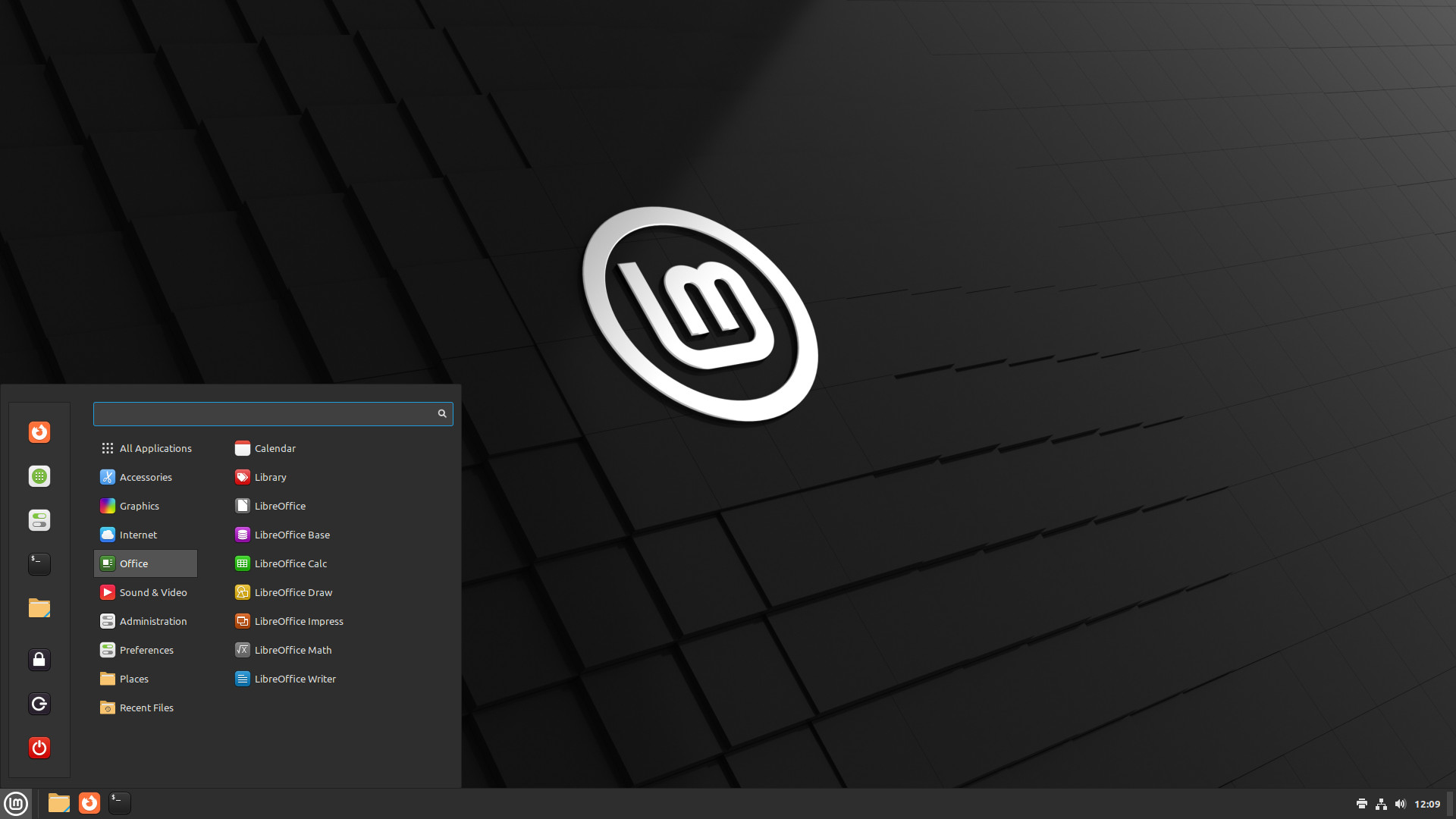
Screenshot of the Linux Mint operating system user interface
Mint is comparably younger than Ubuntu and made its debut in 2006, based upon the Ubuntu KDE iteration (also known as Kunbuntu). As is the case with Ubuntu, Mint is updated twice a year, usually in the month following its parent's update.
While Ubuntu has software company Canonical behind it to run its development, Mint relies on individual users and companies using the OS to act as sponsors, donors, and partners. Feedback from these parties helps shape decisions about its development.
Linux Mint vs Ubuntu: Naming conventions
Mint gives every new release a female name ending in 'a'; current version 21.2 is known as 'Victoria'. Ubuntu releases versions of the software with a version number that encompasses the year and month of release.
Ubuntu used to codename its releases; these code names formerly consisted of an adjective and the name of an animal also beginning with the same letter. For example, 15.04 was called Vivid Vervet.
More recently it adopted a traditional numeric format such as Ubuntu 22.04.3 LTS. LTS stands for 'long-term support' - a guarantee that the version will receive security and other updates, free of charge, for a specified time frame, usually years in advance - much like Windows or macOS.
Linux Mint vs Ubuntu: Desktops interfaces and usability
RELATED RESOURCE
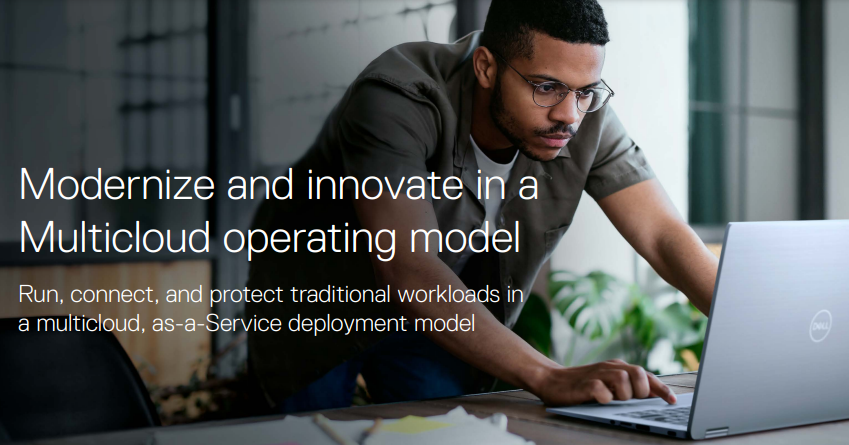
Modernize and innovate in a multi-cloud operating model
Run, connect, and protect traditional workloads in a multi-cloud, as-a-Service deployment model
Mint and Ubuntu vary significantly in terms of looks. Although they're built, at their core exactly the same, the UI is probably the most significant variation between the two. Mint looks more like Windows (albeit going back to Vista rather than the more refined Windows 10 or 11), while Ubuntu will be more familiar to macOS users.
For a long time Ubuntu used Unity UI, but in 2017 switched to Gnome 3. It still has a very similar feel, however, with a dock situated on the left side comprising the basic app icons, including Firefox for browsing and LibreOffice for productivity. To the right of this, along the top of the screen are other icons, focused on more settings-based functions including networking, language, sound, time and date, and other essentials.
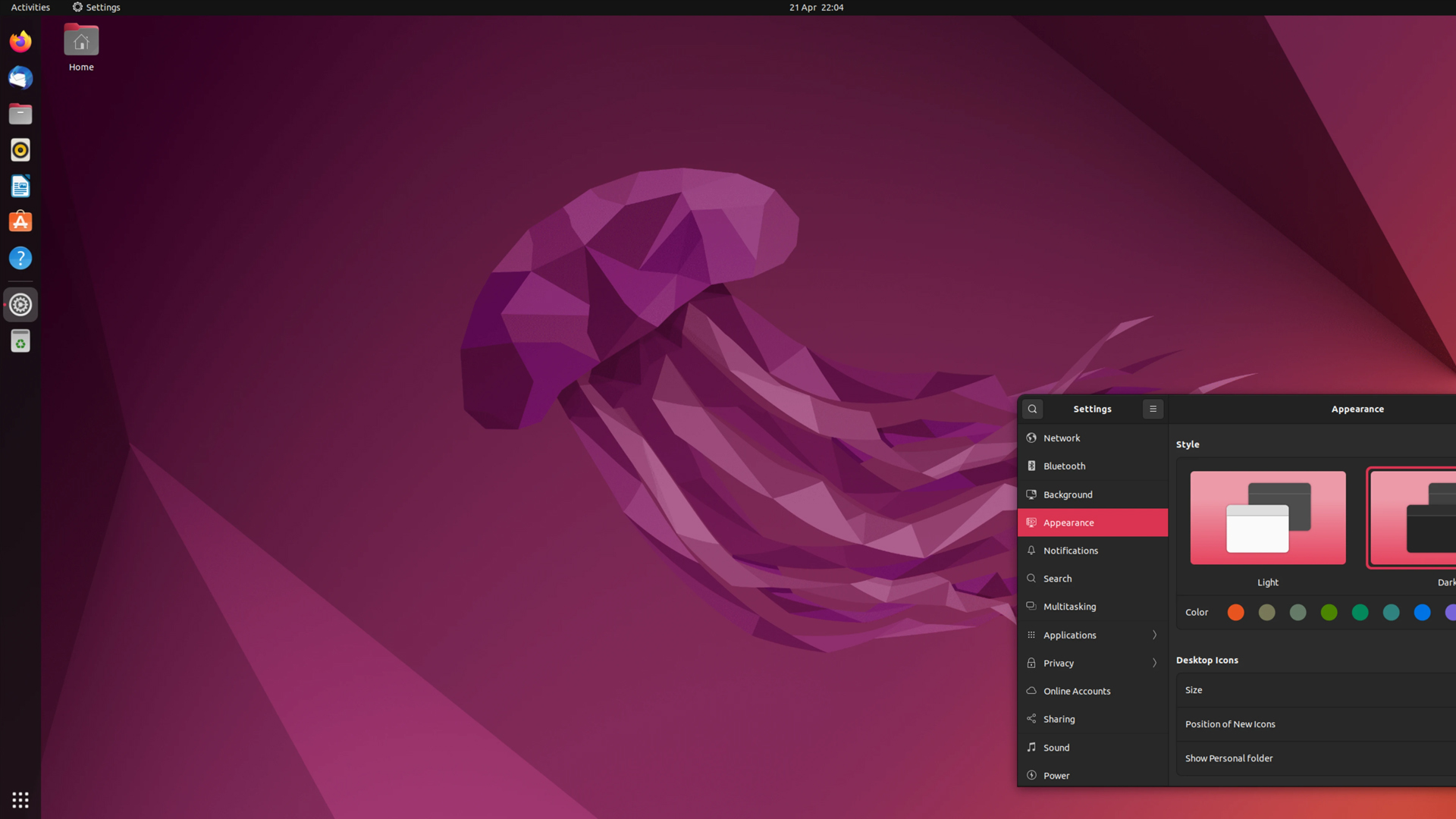
For anything else, you'll need to head to Ubuntu's Dash menu, accessed by choosing the Dash icon that you'll find on the dock.
Just type in the program you're looking for and Dash will scour your hard drive looking for it to open. The one problem with this is if you can't quite remember the program's full name and searching means you need to use its exact name - no guessing here. Browsing isn't really an option, with lots of expandable submenus you'll need to trawl through.
Mint, on the other hand, has an interface called Cinnamon. It is similar to Windows in that it puts the taskbar at the bottom and has a Start menu similar to the Microsoft OS. Open apps have a button appear on the sidebar (again much like Windows 7 or older). Shortcuts can also be added to the taskbar. The taskbar can be a little small in default mode.
Both approaches have advantages and disadvantages. Mint is much easier to browse through to find apps while Ubuntu's Dock feature can be easy to pick up. Mint is easier for beginners to search through to find something.
Linux Mint vs Ubuntu: What's your flavor?
There are other variants or flavors of both Ubuntu and Mint. For Ubuntu, there are a variety of desktop versions with different desktop environments. Other than the main Ubuntu which comes with Unity (see above), there are also Ubuntu GNOME, Kubuntu (KDE), Lubuntu (LXDE), Xubuntu (Xfce), and Ubuntu MATE.
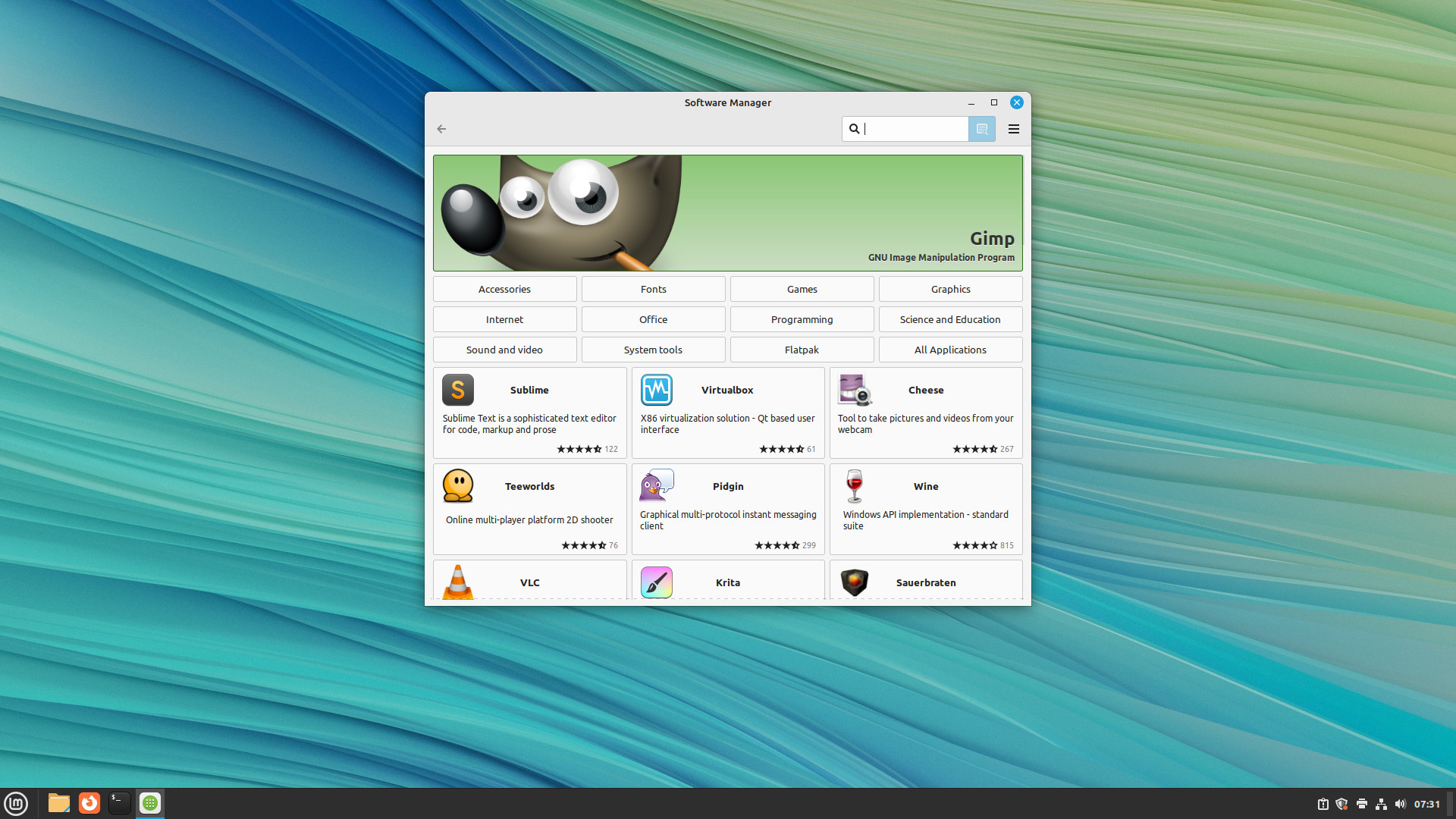
Mint comes in Cinnamon and MATE flavors, there are also KDE and Xfce versions. Flavors such as GNOME, LXDE, and Fluxbox are no longer being developed.
Linux Mint vs Ubuntu: Performance
If you have a comparatively new machine, the difference between Ubuntu and Mint may not be that discernable. Mint may seem a little quicker in day-to-day use, but on older hardware, it will definitely feel faster, whereas Ubuntu appears to run slower the older the machine gets. Mint gets faster still when running MATE, as does Ubuntu.
Linux Mint vs Ubuntu: Cost
Ubuntu and Mint are both free to download.
Mint pitches itself as a community-driven project, as such relies on donations from users, sponsors (such as hosting companies), and partners (who give the project backing, support, and services).
Ubuntu is a commercial project. While you are free to download, install and use Ubuntu, should you need professional support, this comes at a price.
Mint vs Ubuntu: Upgradability
Both Mint and Ubuntu have easy-to-use updaters. For Ubuntu, it's just a case of clicking on the Dash icon in the dock, and searching for the Software Updater. This then checks for any updates (either to the operating system or applications), downloads them and then installs them.
For Mint, the process is broadly similar. Here you use the Update Manager app to update the OS and applications.
Linux Mint vs Ubuntu: Productivity
When installed, both Ubuntu and Linux Mint feature LibreOffice productivity suite and Firefox browser. While there is no material difference between how LibreOffice works on both operating systems, the way the user interface is structured on both is slightly different.
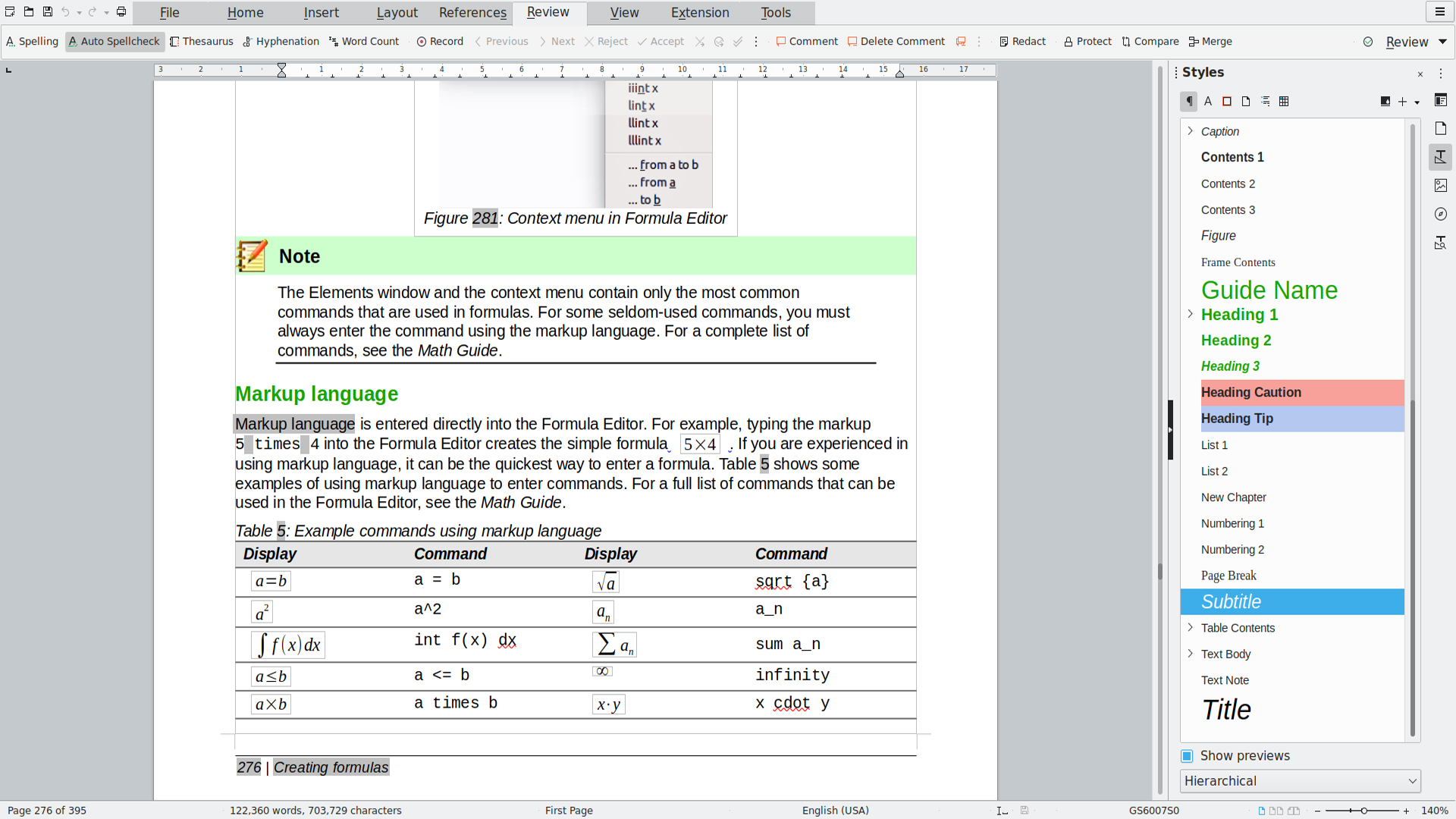
As mentioned earlier, Ubuntu has a more Mac-like feel, so when using an app (not just LibreOffice) the menu bar is along the top of the display. In Mint, the menu bar is attached to the window of the app itself. We would say which one is better is down to personal tastes and preferences (and whether you are coming to Linux from Windows or Mac).
Linux Mint vs Ubuntu: Compatible apps
Both operating systems come with a number of applications pre-installed (in addition to LibreOffice and Firefox see above), such as web browsers, instant messengers, music players, video players, image editors, and so on.
Ubuntu appears to have more applications, but finding them can be a chore when having to plow through the Dash to find them. The upshot is that you may never know that Ubuntu had the application you needed but didn't quite know the name of it.
Mint covers all the bases and thanks to its Windows-like Start menu, finding these applications is very easy.
That said, if you want an app that is not installed, both operating systems have 'App Stores' where you can find and easily download programmes. This is where Ubuntu scores one against Mint; it is easier to find apps within its store than with Mint. Also as the Ubuntu Software Centre app store is on the dock starting this up is quick. Ubuntu also features paid apps, whereas Mint doesn't.
Linux Mint vs Ubuntu: Business use
RELATED RESOURCE
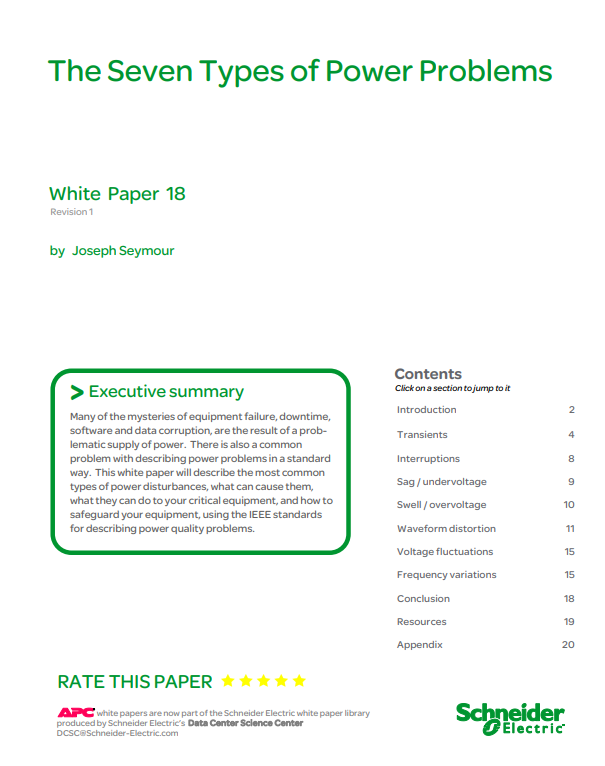
The seven types of power problems
The most common types of power disturbances and how to safeguard your equipment
With regard to business use for both the Ubuntu and Mint distributions, Canonical has made great strides to ensure the former has been rolled out to corporate users across a range of industries.
The organisation has also managed to strike a positive relationship with major PC manufacturers to pre-load the distro onto desktops and laptops in recent years.
Conversely, Mint is very much targeted toward enthusiasts and there has been no significant push by the project to promote this distro to corporates.
Regardless, Mint is a very finely tuned and well-polished distro, and a capable replacement for users of Windows 7 - or older - that do not currently plan on moving to Windows 8 or beyond.
Linux Mint vs Ubuntu: Verdict
There are so many similarities between the two distros that choosing between them will come down to, in most cases, small but meaningful preferences regarding the pair’s small differences.
There are slight differences in the way in which the two distros offer long-term support: Mint promises five years for each release and in most cases so does Ubuntu, though some of its flavors such as Kubuntu and Lubuntu only offer three years.
The differences in support Linux Mint and Ubuntu receives may also be deciding factor for business specifically. Ubuntu has paid support while Linux Mint’s support is community-driven, so the former may be more appealing to the professional crowd.
Likewise, the performance of an organization’s fleet of computers may influence the decision. Both Ubuntu and Linux Mint are considered fast distros, the latter is known for being lighter on resources, meaning it can be run optimally on weaker hardware.
One of the myths around Linux Mint was that it is the less-secure choice in a head-to-head comparison with Ubuntu, but these concerns should no longer be regarded.
They stem from the Mint team’s old policy of not updating the operating system’s kernel while delivering other fixes. This has since been reversed and the Linux community is now in agreement that both Mint and Ubuntu offer excellent security protections for users.
Get the ITPro daily newsletter
Sign up today and you will receive a free copy of our Future Focus 2025 report - the leading guidance on AI, cybersecurity and other IT challenges as per 700+ senior executives

Connor Jones has been at the forefront of global cyber security news coverage for the past few years, breaking developments on major stories such as LockBit’s ransomware attack on Royal Mail International, and many others. He has also made sporadic appearances on the ITPro Podcast discussing topics from home desk setups all the way to hacking systems using prosthetic limbs. He has a master’s degree in Magazine Journalism from the University of Sheffield, and has previously written for the likes of Red Bull Esports and UNILAD tech during his career that started in 2015.
-
 Bigger salaries, more burnout: Is the CISO role in crisis?
Bigger salaries, more burnout: Is the CISO role in crisis?In-depth CISOs are more stressed than ever before – but why is this and what can be done?
By Kate O'Flaherty Published
-
 Cheap cyber crime kits can be bought on the dark web for less than $25
Cheap cyber crime kits can be bought on the dark web for less than $25News Research from NordVPN shows phishing kits are now widely available on the dark web and via messaging apps like Telegram, and are often selling for less than $25.
By Emma Woollacott Published
-
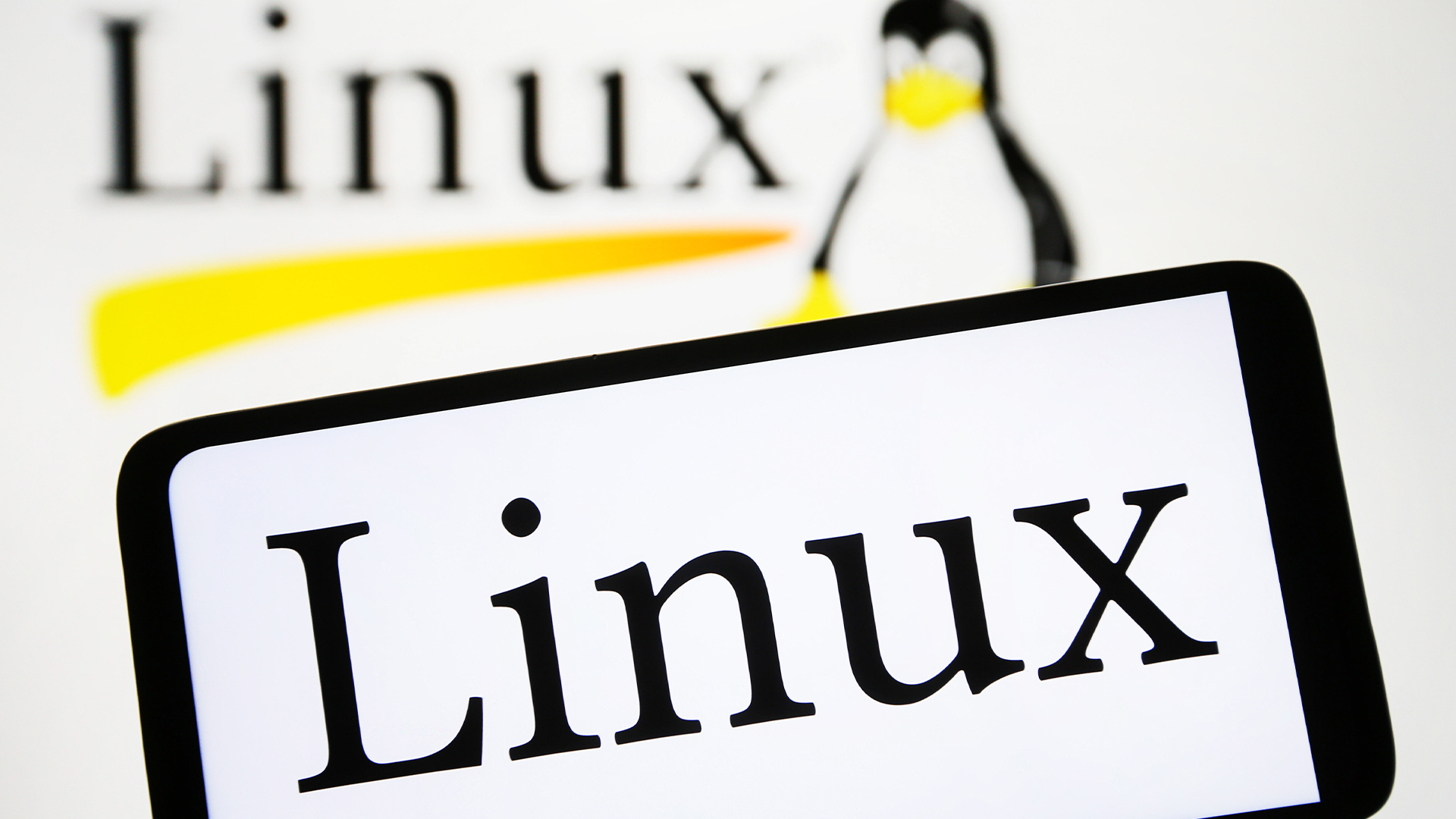 Linux just hit an all-time high share of the global desktop market — and surging popularity in India is driving uptake of the open source operating system
Linux just hit an all-time high share of the global desktop market — and surging popularity in India is driving uptake of the open source operating systemNews Linux is still dwarfed by operating systems such as Windows, but it’s making modest gains off the back of growing popularity in emerging markets
By Steve Ranger Published
-
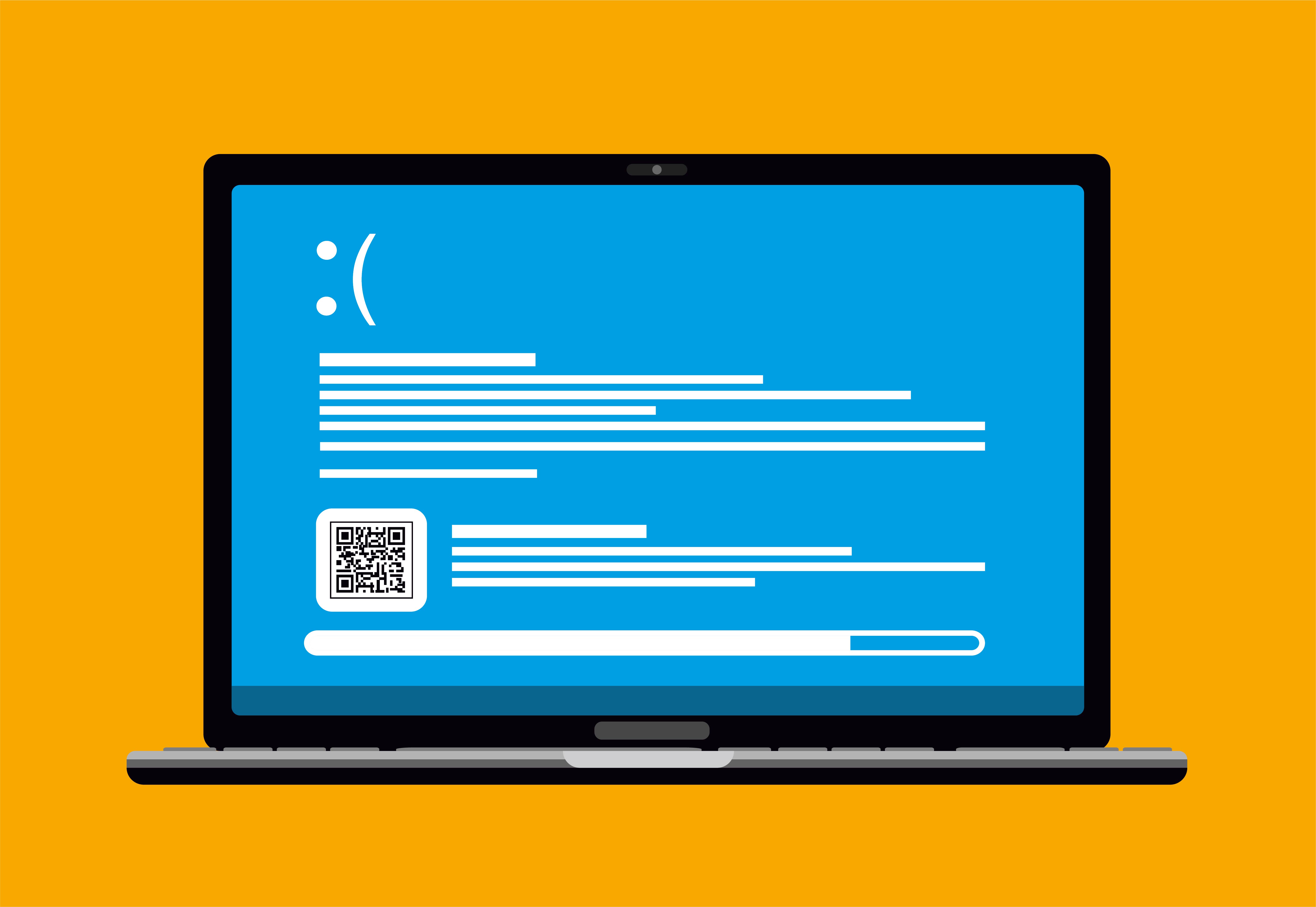 Linux Blue Screen of Death gives users a taste of the dreaded Windows feature
Linux Blue Screen of Death gives users a taste of the dreaded Windows featureNews The Linux Blue Screen of Death has been added in a recent update
By Ross Kelly Published
-
 Tiny11 review: Windows 11 with only 2GB of RAM
Tiny11 review: Windows 11 with only 2GB of RAMReview A version of Windows 11 for older machines that don't meet the full requirements
By Nik Rawlinson Published
-
 Red Hat Enterprise Linux becomes foundational operating system for Cohesity Data Cloud
Red Hat Enterprise Linux becomes foundational operating system for Cohesity Data CloudNews New strategic partnership between Red Hat and Cohesity aims to drive innovation in the data security and management space
By Daniel Todd Published
-
 Ubuntu shifts to four-week update cycle
Ubuntu shifts to four-week update cycleNews Critical fixes will also come every two weeks, mitigating the issues involved with releasing prompt patches on the old three-week cadence
By Richard Speed Published
-
 AlmaLinux follows Oracle in ditching RHEL compatibility
AlmaLinux follows Oracle in ditching RHEL compatibilityNews Application binary compatibility is now the aim with 1:1 now dropped
By Richard Speed Published
-
 How big is the Windows 10 cliff-edge?
How big is the Windows 10 cliff-edge?ITPro Network With some comparing the upcoming Windows 10 end of life to Windows XP, we ask members of the ITPro Network for their insight
By Jane McCallion Published
-
 Everything you need to know about the latest Windows 11 updates - from bug fixes to brand-new features
Everything you need to know about the latest Windows 11 updates - from bug fixes to brand-new featuresNews Two new cumulative updates are on the way and will be installed automatically on Windows 10 and Windows 11 machines
By Rory Bathgate Published
